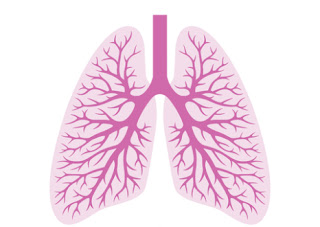Simple Febrile Seizures
Complex febrile seizures
Admission and discharge depends on parental comfort, well/sick looking child but consider admission for the following groups:
References:
Posted by:
Generalized tonic-clonic seizure that last <15 minutes with fever 38°C in a child 6 months to 5 years of age that occurs only once in a 24-hour period. Simple febrile seizures tend to occur within the rst 24 hours of a febrileillness. If the seizure occurs > 24 hrs after the onset of fever as in this case, the index of suspicion for a serious bacterial illness should be heightened. Anticonvulsant therapy is not recommended for simple febrile seizures since side effects outweigh the minor risks of seizure recurrence. No dedicated seizure workup is required for simple febrile seizures. The workup should focus on looking for the source of the fever, and the approach should be the same as if the child had only the fever with no seizure. However, lumbar puncture should be strongly considered in children who presnet with signs or symptoms suggestive of intracranial infection or those who are unimmunized.
The height of fever does
not correlate with seizures; however, the rapidity of the rise in temperature is thought to correlate with the occurrence of seizures.
Complex febrile seizures
Seizures with fever that last >15 minutes, that recur within a 24-hour period, are focal or generalised, or occur in children <6 months or >5 years of age without any signs of serious infection. The distinction between simple versus complex febrile seizures is important, as complex febrile seizures may indicate a more serious underlying disease process and warrant a workup. Meningitis should always be on thedi erential diagnosis in a child with complex febrile seizures.
Having a febrile seizure does not mean that a child will develop epilepsy. Risk of epilepsy is approximately 2% after a simple febrile seizure and 5% after a complex febrile seizure (compared with 1% in the general population)
When working up, routine tests include FBC, CRP, Blood Cultures, Urine Analysis, Electrolytes and LP should be considered if:
- Post-ictal >1 hr
- Signs of meningitis
- Irritable
- ALready on Antibiotics
- Unvaccinated
- Complex Partial Seizures
Although antipyretics are indicated in children with fever, there is no evidence that antipyretics can prevent subsequent febrile seizures.
Admission and discharge depends on parental comfort, well/sick looking child but consider admission for the following groups:
- Complex febrile seizures
- A child with a febrile fit who is less than 18 months of age
- The child with no serious clinical findings but who is recently/currently taking antibiotics
- Children who do not have a clear focus of infection
References:
- Provisional Committee on Quality Improvement, Subcommittee on Febrile Seizures:practice parameter: the neurodiagnostic evaluation of the child with a first simple febrile seizure. Pediatrics 97: 769, 1996.
- Subcommitte on Febrile Seizures, American Academy of Pediatrics: Neurodiagnostic evaluation of the child with a simple febrile seizure. Pediatrics 127: 389, 2011.
- Kimia AA, Capraro AJ, Hummel D, et al: Utility of lumbar puncture for first simple febrile seizure among children 6 to 18 months of age. Pediatrics 123: 6, 2009. [PMID: 19117854]
- SteeringCommitteeonQualityImprovementandManagement,SubcommitteeonFebrile Seizures: Febrile seizures: clinical practice guideline for the long-term management of the child with simple febrile seizures. Pediatrics 121: 1281, 2008.
- https://cks.nice.org.uk/febrile-seizure#!scenario
Posted by:
Lakshay Chanana
Speciality Doctor
Northwick Park Hospital
Department of Emergency Medicine
England










